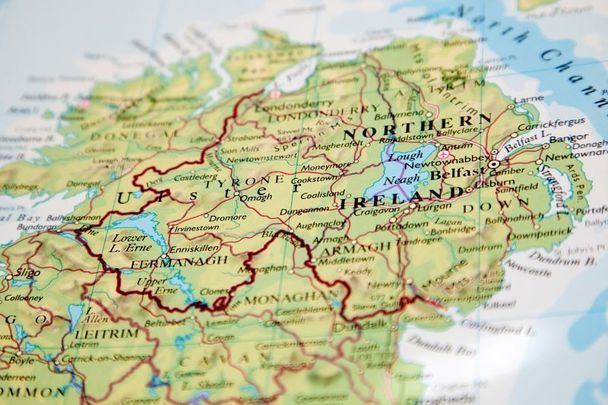Cross-border tourism between Ireland and Northern Ireland is set to more than triple in the 10 years between 2013 and 2023, according to a new report.
The report, produced by the University of Ulster in partnership with DCU, said the number of cross-border journeys by Irish nationals has increased dramatically over the past decade.
For example, in 2013, the average cross-border trips per quarter was less than 100,000. By 2023, that average will be over 300,000.
The report also found that 4.6 times as many international visitors visited Ireland in 2019 than Northern Ireland, and international visitors tend to spend more time in Ireland than in Northern Ireland.
As a result, international tourism spending in Ireland exceeded €4.8 billion in 2019, a staggering 7.6 times Northern Ireland’s total of €672 million.
Intra-state tourism in Ireland has almost doubled in the decade since 2011, soaring from 6.5 million to more than 11 million trips per year, while in Northern Ireland intra-state tourism has remained stable over the decade at around 2 million trips per year.
The report noted that Northern Ireland is at a lower starting point than Ireland for tourism growth and development due to the region’s history of conflict, but said continued cross-border cooperation has the potential to unlock long-term growth across the island.
The study found that Northern Ireland could benefit from emergency capacity restrictions in Ireland, attracting tourists who may not be able to find accommodation south of the border.
Anna Desmond, senior economist at the Centre for Economic Policy at Ulster University, said the research showed the tourism sector across the island of Ireland has seen “remarkable growth” in recent years.
“The survey shows that both international and domestic visitor markets are growing and diversifying, with key recent findings including a strong and sustained increase in domestic cross-border visitors to Northern Ireland since the COVID-19 pandemic,” Desmond said in a statement.
“Tourism growth and development is a natural area for collaboration across the island and has continued for many years. The tourism industry has demonstrated its ability to adapt to external challenges and bounce back strongly.”
Professor John Doyle, vice-chancellor for research at Dublin City University, described the analysis as “very welcome”.
“This highlights real opportunities for economic growth, increased incomes and profitability for businesses and improved wages in the sector. Cooperation will benefit both parts of the island, but the benefits to Northern Ireland should be much greater given the Republic of Ireland’s more developed tourism industry,” Mr Doyle said.
“To bridge the gap with the Republic, public policy needs to go beyond current levels of cooperation and build a single tourism offering in marketing, visa requirements, taxes, regional development policies and, perhaps most importantly, visitor perception.”

